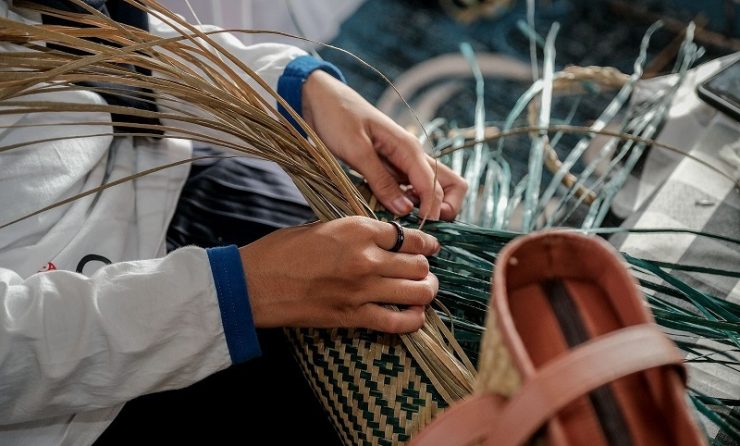THE INDONESIAN Ministry of Tourism and Creative Economy mentioned the creative economy or ekraf sector as one of the main locomotives in encouraging more inclusive and sustainable economic progress in the ASEAN-UK Creative Economy Policy Roundtable.
According to the Minister of Tourism and Creative Economy, Sandiaga Uno in his remarks at the ‘ASEAN-UK Creative Economy Policy Roundtable’ in Jakarta, Tuesday (03/26), 2024, said that the creative economy is a pillar of the future economy along with the transition from an extractive economy, towards something which prioritizes innovation, adaptation and creativity.
“The whole world has recognized that the creative economy contributes to sustainable development. And this resolution also shows the potential for increasing income, exports, and creating new jobs for the community,” said Sandiaga.
Data in 2023 shows that exports of Indonesia’s creative economy products amount to US$24.32 billion, and the added value of the creative economy reaches IDR1,414 trillion or the equivalent of US$94 billion. This figure is influenced by the country’s three leading creative economy subsectors, namely culinary, fashion and crafts.
“The contribution of the creative economy in the culinary sector reaches 42%. In addition to the rapid progress of the creative economy sector, there are of course challenges and obstacles that need to be anticipated and addressed carefully. The existence of Artificial Intelligence (AI) is also felt to have an impact on opening up job opportunities in the future,” said Sandiaga.
He explained, but we believe some parts of the creative economy will take a very long time for AI to catch up. For example, human creativity and innovative thinking.
According to Sandiaga, the Ministry of Tourism and Creative Economy is taking strategic steps to strengthen creative economy infrastructure and mitigate the impact of the global economic slowdown, including increasing access to financing, improving IP (Intellectual Property) management, creating and expanding creative economy networks, and increasing the human resource capacity of tourism and creative business actors. .
“These steps are of course carried out through collaborative action to provide benefits for all stakeholders to create quality jobs and better welfare,” he concluded. [traveltext.id]
















